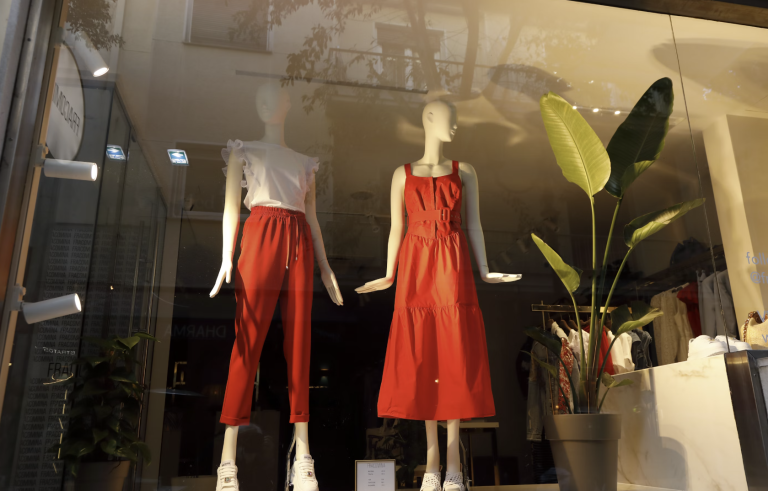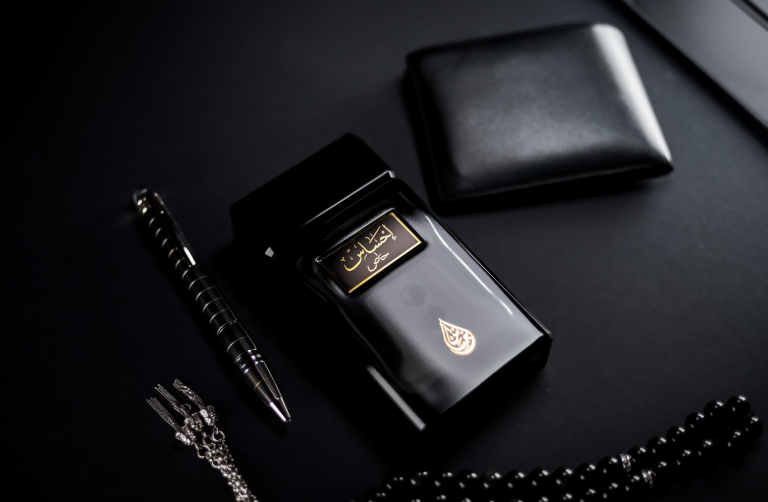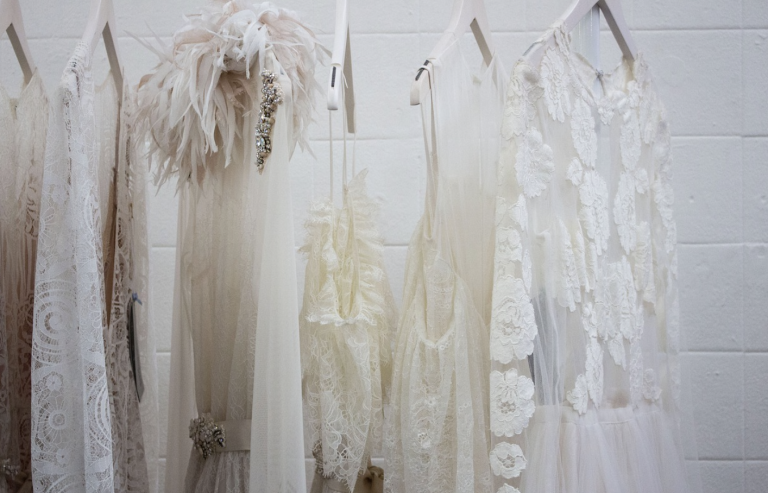
Introduction: Why Leather Alternatives Are Gaining Popularity
In recent years, the demand for leather alternatives has soared. Consumers are becoming increasingly conscious of the environmental and ethical implications of their purchasing decisions. As a result, leather alternatives are not only offering a cruelty-free, eco-friendly option but are also proving to be just as stylish, if not more so, than traditional leather. This shift in fashion and sustainability is reshaping the way we think about materiality and luxury.
What Is a Leather Alternative?
Leather alternatives, often called “vegan leather,” are materials designed to mimic the appearance, texture, and functionality of real leather without using animal products. These alternatives are crafted from a variety of natural or synthetic materials that offer similar durability, look, and feel to genuine leather, but with fewer ethical and environmental concerns.
Types of Leather Alternatives
Plant-Based Materials
Plant-based leather alternatives, such as those made from pineapple leaves (Piñatex), apple peels (AppleSkin), and mushrooms (Mushroom Leather), have gained significant traction. These materials are renewable, biodegradable, and often produced in a more sustainable manner than animal leather.
Synthetic Materials
Synthetic leather, often referred to as polyurethane (PU) leather, is one of the most common alternatives. It’s made from petroleum-based products and is designed to replicate the look and feel of real leather. While synthetic leather doesn’t decompose as quickly as plant-based alternatives, it has the advantage of being more widely available and typically more affordable.
How Leather Alternatives Are Made
The production of leather alternatives involves transforming raw materials into durable, flexible products. For plant-based alternatives, this often means extracting fibers or compounds from plants and processing them into a usable form. For synthetic alternatives, chemical processes are used to create a leather-like appearance while maintaining durability and flexibility.
Environmental Impact: The Eco-friendly Factor
The environmental benefits of leather alternatives are a significant driving force behind their rise in popularity.
Reducing Carbon Footprint
Leather production is resource-intensive, requiring significant energy and water. The tanning process alone generates toxic waste that often contaminates surrounding environments. By contrast, many leather alternatives have a much lower carbon footprint, using fewer resources in their production.
Avoiding Animal Cruelty
Leather, by definition, involves the use of animal hides, a practice that raises serious ethical concerns. Leather alternatives provide a way for consumers to achieve the same aesthetic without contributing to animal exploitation.
Less Waste in Production
The production of leather involves a considerable amount of waste, particularly in the form of scraps that can’t be used. Many leather alternatives, particularly those made from plant-based materials, are designed to be more sustainable by utilizing the entirety of the raw material.
Durability and Functionality of Leather Alternatives
Leather alternatives aren’t just trendy—they’re highly functional as well.
Strength and Longevity
Many high-quality leather alternatives boast impressive strength and longevity. Piñatex, for example, is known for its durability and resistance to wear, while synthetic leather has improved significantly over the years, offering similar benefits to real leather in terms of strength.
Water and Stain Resistance
Some leather alternatives, especially those with polyurethane bases, are water-resistant, making them practical for everyday use. While natural alternatives like Piñatex or Mushroom Leather can be more prone to wear over time, they offer an authenticity and uniqueness that synthetic options can’t replicate.
Fashion Appeal: Why Leather Alternatives Are Chic-er
It’s no longer just about functionality. Leather alternatives are quickly becoming a style statement in their own right.
Design and Versatility
Leather alternatives allow designers to experiment with textures, colors, and finishes that might not be possible with real leather. This versatility makes them ideal for a range of fashion items, from handbags to shoes to jackets. The material can be molded, dyed, and treated to fit almost any design.
Celebrity Endorsements and Trends
From high-fashion runways to everyday street style, celebrities and influencers are increasingly endorsing brands that use leather alternatives. With brands like Stella McCartney leading the charge, consumers are embracing leather-free fashion, influenced by the growing desire to contribute to a more sustainable and ethical world.
The Ethical Factor: Consumer Consciousness
Today’s consumers care about more than just style and price—they want products that align with their values.
Transparency in the Fashion Industry
With a rise in ethical fashion, consumers are pushing brands to be more transparent about how their products are made. Leather alternatives are often marketed as sustainable and cruelty-free, making them appealing to the conscious shopper who seeks greater transparency in their purchasing choices.

Supporting Ethical Brands
Many brands specializing in leather alternatives go the extra mile in promoting sustainable and ethical practices. Supporting these brands means supporting a future where fashion doesn’t cost the planet or its inhabitants.
Choosing the Right Leather Alternative
Not all leather alternatives are created equal. To get the best of both worlds, consider the material’s durability, environmental impact, and overall look.

What to Look for in Quality Alternatives
When shopping for leather alternatives, look for certifications that guarantee sustainable and ethical production practices. The material’s texture, flexibility, and appearance should also reflect the desired aesthetic.
Popular Brands Leading the Way
Some brands are already pioneering the shift toward leather alternatives. Companies like Stella McCartney, Nanushka, and Matt & Nat have made their mark by offering high-end fashion items made from innovative materials that replicate the beauty of leather without the associated harm.
Conclusion: The Future of Fashion is Leather-Free
Leather alternatives are here to stay—and their rise in popularity is only the beginning. As more consumers seek out sustainable and ethical fashion, these alternatives will only continue to evolve. Whether you’re looking for a cruelty-free handbag or a stylish pair of shoes, the future of fashion is becoming increasingly chic without the need for animal leather.

FAQs
1. Is vegan leather really better than real leather?
Vegan leather is often seen as a more ethical and sustainable option, as it eliminates animal cruelty and typically has a lower carbon footprint. However, the environmental impact can vary depending on the materials used.
2. What are the best leather alternatives for bags?
Some of the best alternatives for bags include Piñatex (made from pineapple leaves), AppleSkin (made from apple waste), and synthetic PU leather. These materials offer durability and design versatility.
3. How do I take care of leather alternatives?
Taking care of leather alternatives involves cleaning them with gentle soaps and conditioners, avoiding harsh chemicals, and storing them in cool, dry places. Always follow the manufacturer’s care instructions.
4. Are leather alternatives as durable as real leather?
Many leather alternatives, especially those made from high-quality synthetic materials or plant-based fibers, are just as durable as real leather. They are designed to withstand wear and tear over time.
5. Are leather alternatives more affordable than real leather?
Leather alternatives can be more affordable than real leather, but it depends on the material and brand. While synthetic options tend to be cheaper, high-end plant-based alternatives can be more expensive.







